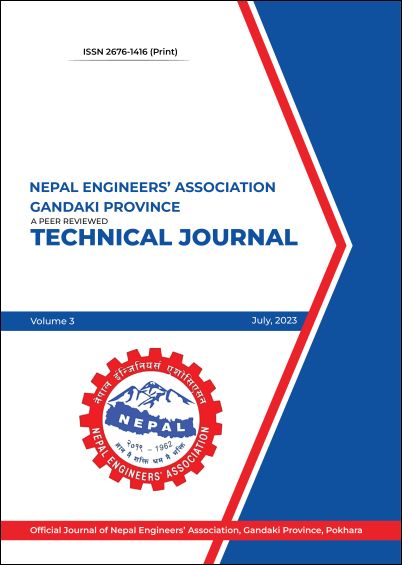Study of Space Layout of Museum; A Case of International Mountain Museum at Pokhara, Nepal
DOI:
https://doi.org/10.3126/tj.v3i1.61942Keywords:
Museum, Space layout, Visitor, PokharaAbstract
Currently, the museum is one of the learning and pass time activities space for the public. A good layout of a museum can bring a wonderful visiting experience to the visitors. Overall, museums play an important role in preserving a town's cultural heritage, providing educational opportunities, attracting tourism, and promoting community engagement. Effective space distribution in a museum is critical for creating an engaging and informative experience for visitors. By carefully considering the needs and interests of different types of visitors, museums can create spaces that are both functional and aesthetically pleasing. But there are very few designed museums in Pokhara, one of the growing cities of Nepal. Also, it is one of the tourist attracting places in Nepal. This paper explains the spatial layout of one of the designed museums of Pokhara. For this purpose, a well-known International Mountain Museum is taken as a case area by using observation and questionnaire survey methods. This museum displays a wide range of exhibits related to the Himalayan mountains, mountaineering, and the culture of the people who call the region home. In addition to the mountaineering exhibits, the museum also features displays of the history, culture, geology, flora, and fauna of the Himalayas. Overall, space distribution in a museum is designed to facilitate the flow of visitors through the space, while also highlighting the key messages and themes of the exhibits.
Downloads
Downloads
Published
How to Cite
Issue
Section
License
© Technical Journal
Authors are required to transfer their copyright to the journal.




